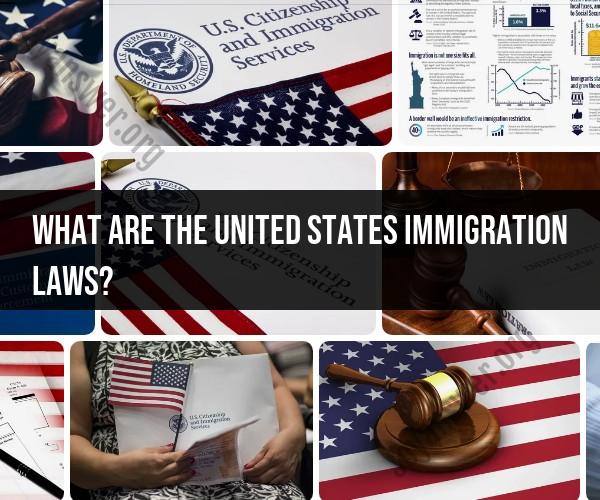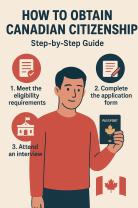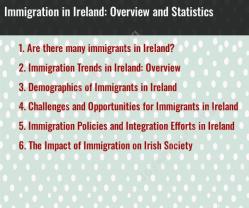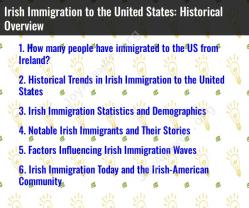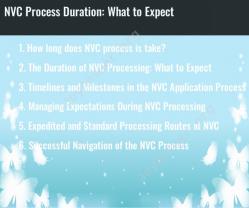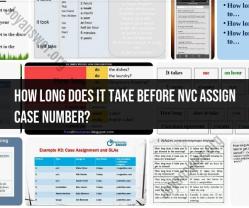What are the United States immigration laws?
Immigration laws in the United States are a complex set of federal regulations, policies, and rules that govern the entry, stay, and status of foreign nationals in the country. These laws cover various aspects of immigration, including visa categories, eligibility criteria, and procedures. While I can provide an overview, it's important to note that U.S. immigration laws are subject to change, and it's advisable to refer to the U.S. Citizenship and Immigration Services (USCIS) website or consult with an immigration attorney for the most up-to-date and specific information. Here are some key aspects of U.S. immigration laws:
Visa Categories: U.S. immigration laws define various visa categories, including family-sponsored visas, employment-based visas, diversity visas, and humanitarian visas (e.g., refugees and asylees). Each category has its eligibility requirements and application process.
Immigrant and Nonimmigrant Visas: Visas are categorized as immigrant or nonimmigrant. Immigrant visas are for those intending to live permanently in the U.S., while nonimmigrant visas are for temporary stays (e.g., tourist, student, or work visas).
Family-Sponsored Visas: These visas allow U.S. citizens and legal permanent residents to sponsor certain family members for immigration to the United States.
Employment-Based Visas: These visas are for foreign nationals with specific job skills or employment opportunities in the U.S. The categories include H-1B for skilled workers, L-1 for intracompany transferees, and EB-5 for investors, among others.
Student Visas: The U.S. offers student visas (F-1 for academic studies and M-1 for vocational studies) for foreign students seeking to study at U.S. educational institutions.
Refugees and Asylees: U.S. immigration laws provide protection for refugees and asylees who have a well-founded fear of persecution in their home countries.
Green Cards: Lawful Permanent Residents (LPRs) hold green cards, which grant them the right to live and work permanently in the United States. There are several pathways to obtaining a green card, such as through family sponsorship, employment, or the Diversity Visa Lottery.
Naturalization: Naturalization is the process by which immigrants become U.S. citizens. Eligibility criteria include legal permanent residency, good moral character, and knowledge of English and U.S. government.
Deportation and Removal: U.S. immigration laws outline the grounds for deportation and removal of foreign nationals, including criminal offenses, immigration violations, and other factors.
Immigration Enforcement: The U.S. Immigration and Customs Enforcement (ICE) agency is responsible for enforcing immigration laws, including apprehending and detaining individuals who are in violation of these laws.
Visa Waiver Program: The Visa Waiver Program (VWP) allows citizens of certain countries to visit the United States for up to 90 days for tourism or business without obtaining a visa.
Temporary Protected Status (TPS): TPS provides temporary legal status to foreign nationals from countries affected by armed conflict, natural disasters, or other extraordinary conditions.
Deferred Action for Childhood Arrivals (DACA): DACA is a program that provides temporary protection from deportation and work authorization to certain undocumented individuals who came to the U.S. as children.
Please note that U.S. immigration laws are subject to change through legislative actions, executive orders, court decisions, and regulatory updates. For the most current information and guidance on immigration matters, it is advisable to consult the USCIS website or seek legal counsel from immigration professionals.
An In-Depth Exploration of United States Immigration Laws
United States immigration laws are a complex and ever-evolving body of law that governs who can enter the country and remain there legally. Immigration laws are enacted by Congress and enforced by the Department of Homeland Security (DHS), which includes U.S. Citizenship and Immigration Services (USCIS) and U.S. Immigration and Customs Enforcement (ICE).
The Immigration and Nationality Act (INA) is the primary law governing immigration in the United States. The INA establishes different categories of immigrants who are eligible to enter the country and stay permanently. These categories include family members of U.S. citizens and lawful permanent residents, skilled workers, refugees, and asylees.
Key Legal Frameworks Governing Immigration in the U.S.
In addition to the INA, there are a number of other key legal frameworks that govern immigration in the United States. These include:
- The Refugee Act of 1980: This law defines who is eligible for refugee status and establishes the procedures for applying for refugee status.
- The Immigration Reform and Control Act of 1986: This law created a path to legalization for certain undocumented immigrants who were living in the United States as of 1986.
- The Immigration Act of 1990: This law made significant changes to the INA, including creating new visa categories and increasing the number of immigrants who could enter the country each year.
- The Illegal Immigration Reform and Immigrant Responsibility Act of 1996: This law made it more difficult for undocumented immigrants to obtain legal status and made it easier for the government to deport undocumented immigrants.
- The No Child Left Behind Act of 2001: This law requires states to provide public education to all children, regardless of their immigration status.
Understanding Visa Categories and Immigration Procedures
There are two main types of visas: immigrant visas and nonimmigrant visas. Immigrant visas allow the holder to live and work in the United States permanently. Nonimmigrant visas allow the holder to enter the United States for a temporary period of time, such as to visit, study, or work.
The type of visa that you need will depend on your purpose for entering the United States. For example, if you want to visit the United States for tourism, you will need a visitor visa. If you want to study in the United States, you will need a student visa. If you want to work in the United States, you will need a work visa.
To apply for a visa, you must submit a visa application form and other supporting documentation, such as a passport, a recent photo, and proof of your financial support. You may also be required to interview with a U.S. consular officer.
Immigration Enforcement and Deportation Laws in the United States
Immigration enforcement in the United States is the responsibility of ICE. ICE is responsible for apprehending and deporting undocumented immigrants. ICE also investigates and prosecutes immigration-related crimes.
The U.S. government has a number of laws in place that govern the deportation of undocumented immigrants. These laws include:
- The Immigration and Nationality Act (INA): The INA establishes the grounds for deportation, such as entering the country illegally or overstaying a visa.
- The Illegal Immigration Reform and Immigrant Responsibility Act of 1996: This law made it more difficult for undocumented immigrants to obtain legal status and made it easier for the government to deport undocumented immigrants.
How U.S. Immigration Laws Adapt to Changing Needs and Realities
U.S. immigration laws are constantly evolving to adapt to changing needs and realities. For example, in recent years, the U.S. government has enacted a number of programs to help undocumented immigrants who were brought to the United States as children. The government has also created new visa categories for entrepreneurs and investors.
The U.S. government is also grappling with the issue of climate change and how to address the potential influx of migrants displaced by climate change. In 2021, the Biden administration created the Envoy on Climate Migration and Refugee Affairs to develop a strategy for addressing the challenges posed by climate migration.
Conclusion
U.S. immigration laws are a complex and ever-evolving body of law. The laws are designed to protect national security and promote economic growth, while also upholding the values of compassion and fairness. The U.S. government is constantly working to update and improve its immigration laws to reflect changing needs and realities.
